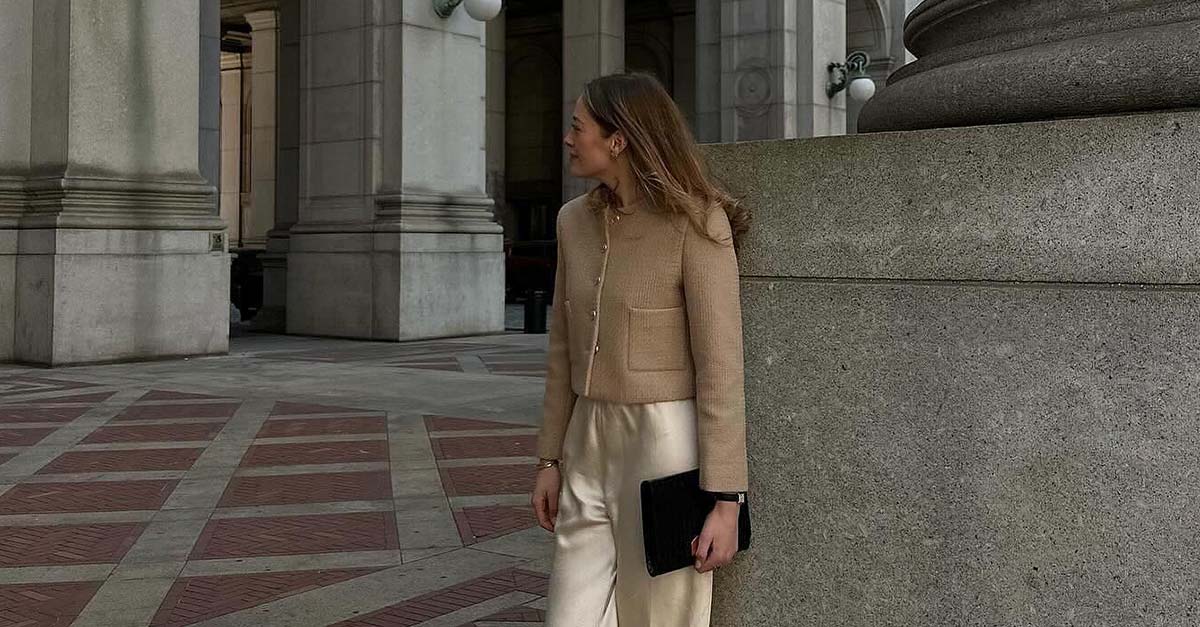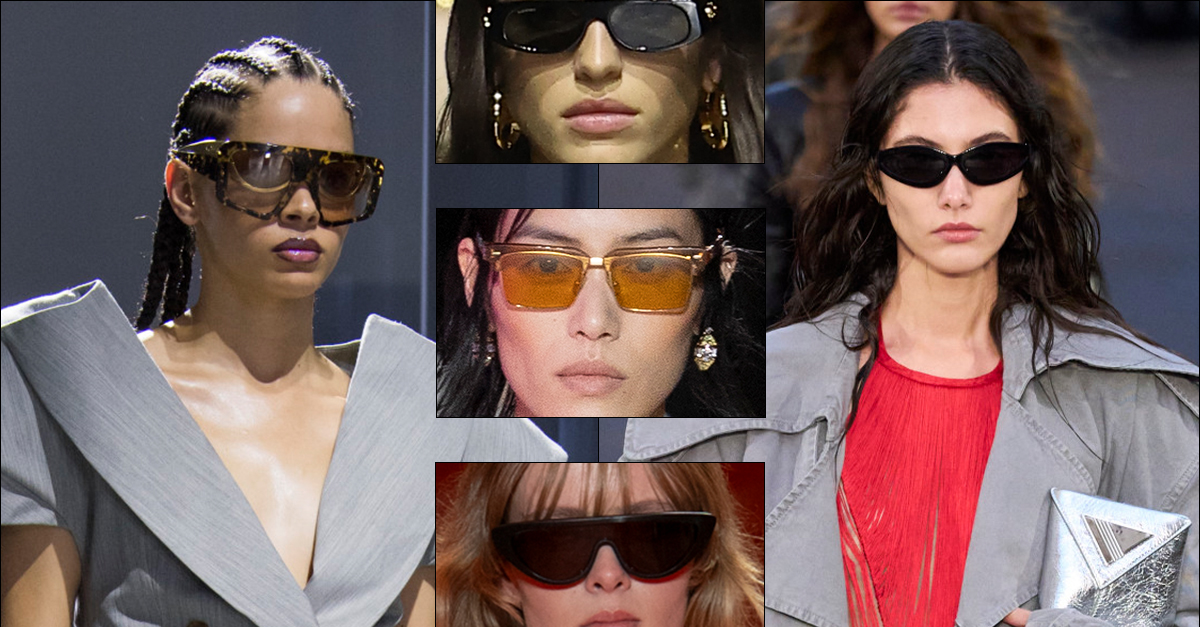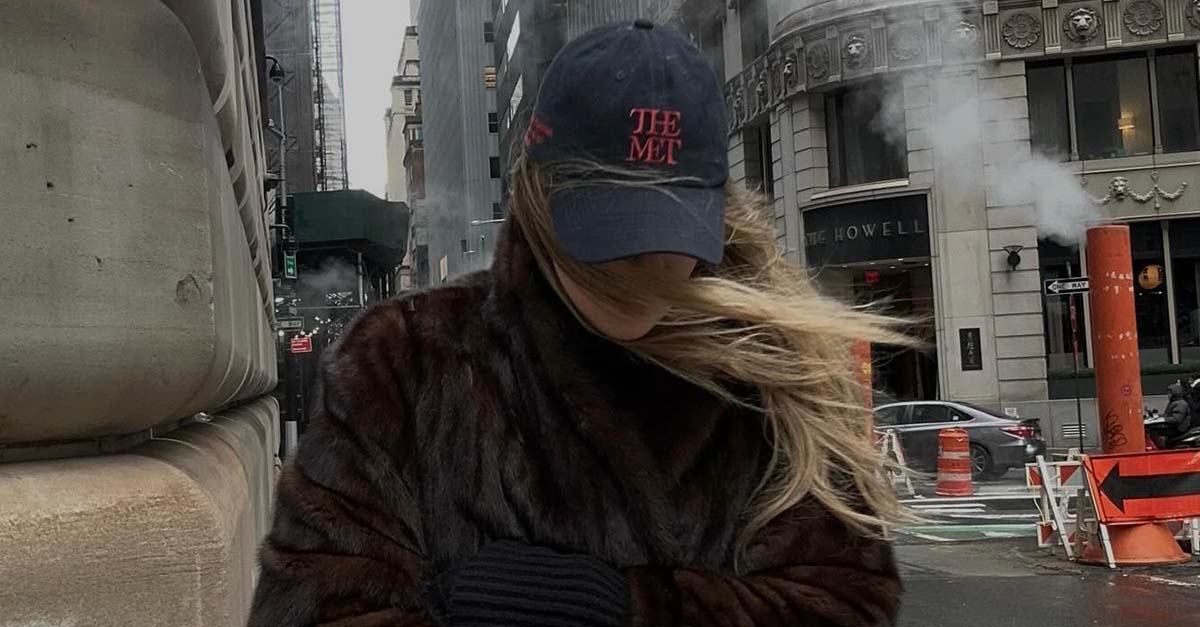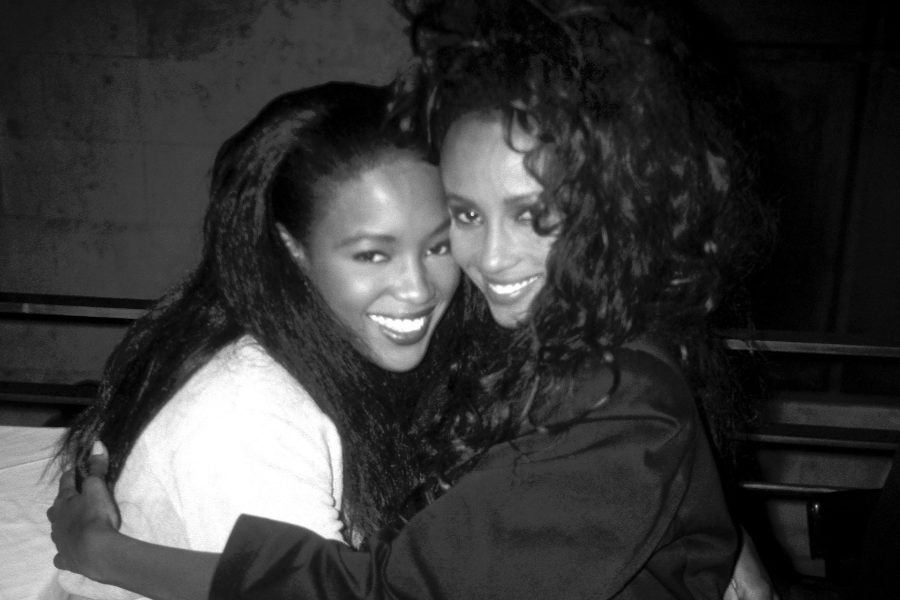
In the close-knit industry of fashion, one’s success is not usually based on capability, it’s more so dependent on accessibility. Over the last few years, we’ve witnessed the industry’s doors creep open, which has brought more Black designers, Black stylists, Black photographers, trans, non-binary, and curvy models to the forefront. However, don’t get it twisted, they’ve always existed —they just haven’t always been welcomed to a seat at the table.
Although the racial awakening of 2020 enforced the industry at large to address its lack of diversity and inclusion, there were decades of work prior that initiated and promoted gradual change. In Supreme Models, the documentary series executively produced by supermodel Iman Abdulmajid and author Marcellas Reynolds, new and seasoned Black models explore the tales of the women who we recognize as trailblazers of change.
Before the days of casting directors favoring dark-skinned models with long legs and witnessing Edward Enniful place nine African models on the cover of British Vogue, there was a time when only one Black model could be in the spotlight. “When I arrived in New York in 1975, there was an unspoken rule, which was to use one Black model at a time,” Iman tells ESSENCE. “They somehow created this idea of tokenism and instilled in you that you have to dethrone another Black model to take that space. Coming from Africa, I couldn’t understand that mentality.”
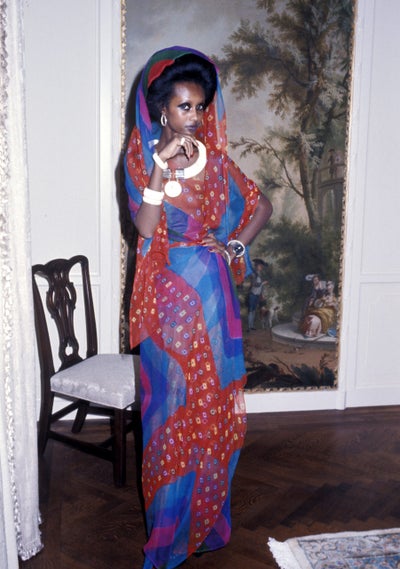
For the Somalian supermodel, finding her tribe amongst other Black models felt more natural rather than giving in to systematic competition. “It was Beverly Johnson and I who started talking, and then, of course, I met one of my best friends, Bethann Hardison, who took me under her wing and helped me navigate this industry,” Iman shares. In the land of the free, you would assume there would be a progressive mindset, however, Iman remembers, “The French designers used more Black models. They loved how they walked, how they carried themselves, and they didn’t see how there was any difference to them – beauty was beauty.” She adds, “America was a little bit different, so that’s what we were navigating against and around.”
The first sighting of Black models in the industry occurred in the 60s with models like Naomi Sims, Donyale Luna, and Bethann Hardison. From the 60s to the mid-90s, Black models, including Iman, Pat Cleveland, Beverly Johnson, Karen Alexander, Tyra Banks, Naomi Campbell, and others, made historical strides and experienced supermodel-level success. However, what seemed to be the light at the end of the tunnel turned into an unexpected shun for Black models.
“In Episode 5 [of Supreme Models], we devoted a complete episode to what we call “The White Out,” Reynolds shares. “That era actually started in the late ‘90s and lasted until 2013 when Iman, Bethann, and Naomi focused the attention of the world on the blackout of Black models, so the blackout lasted nearly 20 years.” He remembers, “There was a real period when Black models had become so successful into the mid-90s, and then in the late ‘90s, they just disappeared from the runway.” Iman adds, “They had casting agents that were speaking for the designers at the time, and they would tell the model agents, ‘we are not seeing Black models this season’ as if they were a trend.”
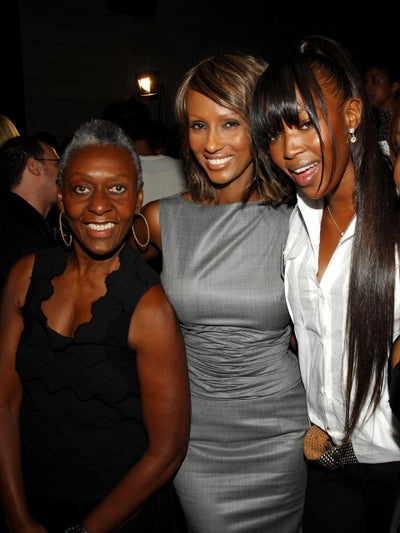
An inflection point didn’t arrive until three Black supermodels used their power and their voices to bring about real change by creating the Black Girls Coalition. “At that time, Bethann Hardison, Naomi Campbell, and I joined workforces and started talking to the CFDA here and the same type of organization for European designers in Milan, Paris, and London,” says Iman. “The conversation started to happen, and people started to really highlight the overlooked areas in our business. You would be surprised how the change was so immediate.”
She further explains that “The idea was not to cancel the designers or call them out. It was to call them in to make sure they understood what the casting agent was doing on their behalf. The second step was to boycott and call the designers racist because, at that point, the actions were racist.” Iman remembers, “The designers were claiming that they were too busy to deal with the casting themselves, but let’s not forget there was Tom Ford. There is no other designer who’s busier than Tom Ford, and he is aware of all the castings on his behalf. He’s actually helped the casting agents to diversify his runway, and he did that from day one until now. There is no way that one can sugarcoat it and say it’s all on the casting agent.”
While casting directors are tasked with choosing the models, Reynolds and Iman agree that the ultimate decision and direction lies with the designer. Reynolds on Tom Ford says, “He was the one designer creating Black stars, he gave us Liya [Kebede], he gave us Kiara Kabukuru, and he used Alek Wek a lot in his shows too.” Iman emphasizes, “He was not only using them on the runway, he also used them in his advertisements. Let’s not forget that’s where girls make their money.”
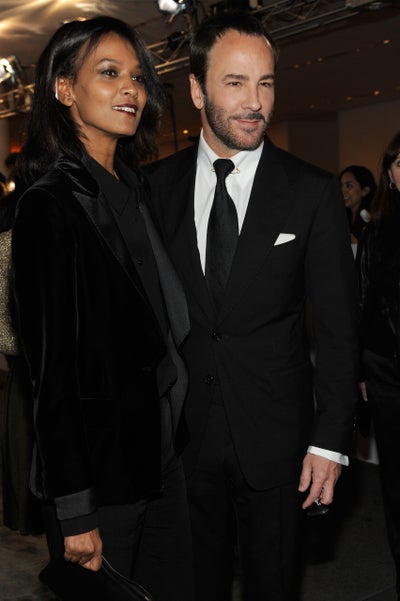
Luckily, the industry at large has not only displayed a diverse change on the runways and in front of the cameras, but more space has also been provided for Black designers, editors, and for all those behind the scenes, for there to be an equal representation when decisions are made. “What happens when a Black model opens doors, we open doors and keep the doors open for others to come through,” Iman states. “We would never have body positivity if a Black model didn’t come through. You wouldn’t see transgender models if Black models didn’t come through. Even Black designers, look at how many Black designers we have now that are highlighted by all media. We didn’t have that. Let’s not forget they are being highlighted because Black models opened the doors.”
While on the topic of diversity, Reynolds shares, “Bethann says something that I love, she says she’s tired of talking about diversity, she wants to talk about integration. We need Black people in every part of fashion to make those decisions, and when you have people of color behind the scenes making decisions, then you won’t have the mistakes that some companies make today.” He adds, “We really need to talk about integration for people of color and not just Black people, but Latino people and Asian people need to be integrated into fashion at its very roots.”

Since the inception of the Black Girls Coalition and the wakeup initiated by 2020, the industry at large has made notable strides of progression and improvement. However, while we know that covert regression is unlikely, being aware of what is truly genuine and identifying those acts that feel like cashing in on one’s Blackness has become more important as some designers know what they have to do to not be canceled out.
Although there may be loopholes, the power is now in the minority’s hands. “The revolution will be televised movement that happened in the 60s is now the revolution will be on social media, so what I think personally is there is no way for them to hide or to pretend that certain things don’t happen,” Iman says. “Those days when fashion people could cancel you out and affect you getting hired are becoming nonexistent, and that is the true power of social media. This would not have happened, and the changes that are very visible these days would not have happened if it wasn’t for social media.”
Watch the docu-series here.



